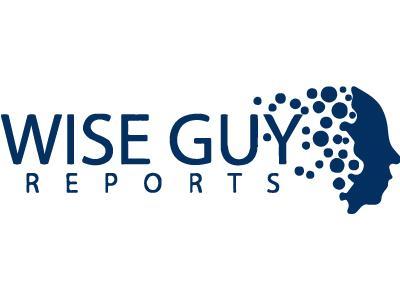The market for Level 2 Advanced Driver-Assistance Systems (L2 ADAS) is a crucible of fierce, multi-layered competition, where automakers, technology giants, and traditional suppliers are all vying for a dominant position in the semi-autonomous future of driving. A detailed examination of the L2 Ada Market Competition reveals that this is not a single contest, but a series of interconnected battles being fought on different fronts: a brand war between automakers for the most desirable consumer experience, a platform war between semiconductor firms to become the "brain" of the car, and a strategic struggle by Tier 1 suppliers to maintain their relevance. The intensity of this rivalry is a direct result of the immense strategic and financial stakes involved in defining the next generation of automotive technology. The L2 Ada Market size is projected to grow USD 15 Billion by 2035, exhibiting a CAGR of 18.4% during the forecast period 2025-2035. This substantial growth ensures that the competitive pressures will continue to escalate, forcing all players to make massive investments in R&D, talent, and partnerships to secure their place in the value chain. The competition is not just about building a better cruise control; it's about architecting the future of mobility.
The most visible front of this competition is the head-to-head rivalry between the automakers (OEMs) themselves. They are competing to offer the most capable, reliable, and user-friendly L2 ADAS to consumers. This competition plays out in their marketing and branding. Tesla has been extremely aggressive with its "Autopilot" and "Full Self-Driving" branding, creating a perception of technological leadership, even as it has drawn regulatory scrutiny. In response, competitors like General Motors (Super Cruise) and Ford (BlueCruise) have adopted a more safety-focused marketing approach, emphasizing the reliability of their "hands-off" systems, which use driver monitoring cameras and are restricted to pre-mapped highways. The premium German brands, like Mercedes-Benz, compete on the quality of the experience, engineering their systems for exceptionally smooth lane-keeping and gentle acceleration/deceleration. This OEM-level competition is a battle for the consumer's trust and their willingness to pay a premium for these advanced features. The performance and branding of an automaker's L2 system has become a critical factor in the car-buying decision process, on par with traditional metrics like horsepower or fuel economy. The L2 Ada Market size is projected to grow USD 15 Billion by 2035, exhibiting a CAGR of 18.4% during the forecast period 2025-2035.
Beneath the surface of this OEM rivalry lies a deeper and arguably more important technological war between the semiconductor and software giants who provide the core intelligence for these systems. This is the battle to become the dominant computing architecture for the software-defined vehicle. On one side is Mobileye (Intel), which has long dominated with its highly efficient, camera-centric, and distributed approach, providing dedicated EyeQ chips for ADAS functions. On the other side is NVIDIA, which is championing a centralized, high-performance computing architecture with its powerful Drive platforms, arguing that a single, powerful "AI brain" is needed to handle the complexity of future autonomous systems. Qualcomm is another major competitor, bringing its Snapdragon Ride platform and its expertise from the mobile industry to challenge both. This competition is not just about selling chips; it's about establishing a preferred hardware and software development ecosystem that automakers will build upon for years to come. The traditional Tier 1 suppliers (Bosch, Continental, etc.) are caught in the middle of this battle, forced to partner with these powerful chipmakers and evolve their own business models from being hardware providers to becoming sophisticated software integrators to avoid being relegated to commodity component suppliers. The L2 Ada Market size is projected to grow USD 15 Billion by 2035, exhibiting a CAGR of 18.4% during the forecast period 2025-2035.
About US:
Wise Guy Reports is pleased to introduce itself as a leading provider of insightful market research solutions that adapt to the ever-changing demands of businesses around the globe. By offering comprehensive market intelligence, our company enables corporate organizations to make informed choices, drive growth, and stay ahead in competitive markets.
We have a team of experts who blend industry knowledge and cutting-edge research methodologies to provide excellent insights across various sectors. Whether exploring new market opportunities, appraising consumer behavior, or evaluating competitive landscapes, we offer bespoke research solutions for your specific objectives.
At Wise Guy Reports, accuracy, reliability, and timeliness are our main priorities when preparing our deliverables. We want our clients to have information that can be used to act upon their strategic initiatives. We, therefore, aim to be your trustworthy partner within dynamic business settings through excellence and innovation.



